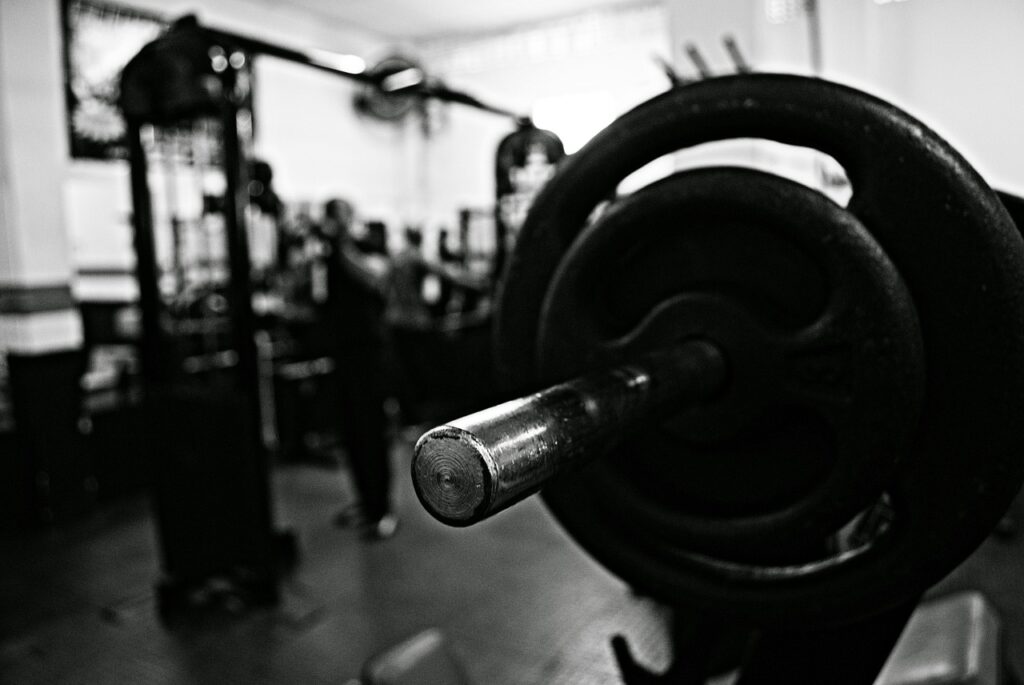By Tim Kontos, CSCS, USAW
Head Strength and Conditioning Coach
Virginia Commonwealth University
For EliteFTS.com
The other day my colleague, Todd Hamer, the Head Strength and Conditioning coach for Marist College and I were on the phone discussing the Elite Fitness strength coach’s questionnaire. When we got to the questions, “What tips and tricks can you share that have made your strength and conditioning program better?” we started talking and found that there are so many things that an individual or team of individuals can do to help their program that it made me think this would be a great idea for an article. So I decided to be proactive and get started on it.
Now, I am the first to admit that I am not the best strength coach in the world. However, I have had many experiences that others can learn from. I am the first Strength and Conditioning Coach (S & C Coach) Virginia Commonwealth University (a Division I school located in Richmond, VA) has had, and I have had the privilege of building this program from the ground up. Along the way I have made plenty of mistakes, but I have learned from them. I have also had the privilege of visiting and talking to many strength coaches. I have learned a great deal from these coaches, both good and bad.
Another aspect, which I have learned a great deal from, is having graduate assistants train with me. Some were good, others weren’t. Again I have taken away many ideas from these experiences. There are so many people that have helped me along the way and contributed to the way I do things now that instead of sighting my experiences like you would a paper (which I have no idea how to do) I’ll just go ahead and list them.
All of the Staff at Elite Fitness, if you are reading this hopefully you already know their willingness to help and level of knowledge that each one of the guys have.
Todd Hamer, Head S & C Coach, Marist College
Tim Beltz, Head Basketball S & C Coach, Pittsburg University
Jim Roney, Head Basketball S & C Coach, University of Richmond
Robert Handrahan Head S & C Coach, George Mason University
These are just a few of the individuals who have helped me become the Strength Coach that I am today.
The first thing I will explain is I am a “Master Thief”, in the words of the Pittsburg Pirates Strength Coach Frank Velazques. Many of the things, which I will go over, are stolen or borrowed ideas.
The second thing is I am the first to admit that I have been guilty of doing or not doing many of these items, so I won’t spend the entire article saying, “yeah, I am not the best at doing this, but…” I tried to put this in some sort of discernible order, so I went from important to more important to most important. Why? If I gave you the good information in the beginning, you wouldn’t read any further. Now that all of that is out of the way, let’s get into it.
HAMMER YOUR ATHLETES OVER THE HEAD WITH INFORMATION
No, physical abuse is not necessary, well not all of the time. Once I go over something with my athletes I will keep going over all of these items until I, and all of my athletes, are blue in the face. When I first started out I would tell my athletes something once and expect them to remember it. Then I asked myself if I were told something once would I remember it? No, most definitely not. Then I started telling them things twice or three times. Still, no luck. Then I remembered that most of my male athletes have trouble putting on their underwear with the yellow in the front and brown in the back. Now I ram the info down their throats and even quiz them on it. “Derrick, what happens if you get your hamstrings stronger?” “I will run faster and jump higher, Coach.” This approach doesn’t always work but most of the time it helps. I keep on my athletes all the time. Once, I had an athlete ask, “Coach, why are you always on me?” I answered, “Because I want you to succeed. It’s when I stop talking to you that you need to worry.” This experience should be an educational process for them. I tell my athletes that if they don’t learn something new every day in the weight room, I am not doing my job.
GO FROM SIMPLE TO COMPLEX
Start simple but get complex. With some people you may have to stay simple because if they are anything like me, they are simple. When explaining your program, or what you will be doing that day, start with the simple things and build on them. A good example of this is the teaching progression I use when teaching dynamic bench press to an athlete who has never done it. The first session we start off with is a simple med ball drill. While standing up, take a 5 to 10 pound med ball, start with it at your chest. Drive it off your chest to a partner while keeping the elbows in. Try to put it through your partner’s chest. Now we will lie down and do this with a bar. Slow on the way down, pause at your chest, and explode up. The next day we will take the med ball at arms length, bring it to our chest fast and then throw it through our partner’s chest. Then we will do the same thing with a bar but we will do one rep at a time. The next session we will do full-blown speed bench press. This keeps me from throwing too much at the athlete and causing paralysis by analysis. “Start low! Elbows in! Straight up! Explode! Bring it to the same spot!” This is one of my flaws—too much all at once. You have to remember that for a lot of athletes, learning how to lift is like learning a foreign language. Comprende?
SUBSTITUTE NOT ELIMINATE
Ah….substitute. That brings me back to the eighth grade and that real hot substitute teacher Ms. Johnson. Where was I? Oh, program modifications. Since I am on the subject of program modifications I will touch on dealing with injured individuals. The first thing is that as a coach you must never simply cross out exercises that an athlete may not be able to do because of an injury. Always substitute something even if that something has nothing to do with original exercise. For example let’s say an athlete for whatever reason cannot squat. Have them try lunges, step-ups, maybe even get on the leg press. If they can’t do legs at all, have them do extra low-back work-more sets on the reverse hyper or have them do extra upper back work-more work on the T-bar row. For the workaholic this keeps the athlete active and helps them feel like they are still trying to get better. For the athlete who has a tendency to want to cut things short this will make them realize that being injured is not less work than being healthy.
TAKE THE “WE APPROACH”
This applies to everything except when there’s a lawsuit involved. One thing that I have learned along the way is that if you as the coach takes the “We” approach to your team workouts the athletes will see you as being on their side as opposed to us against them. This can help. “We did very well today.” We did not work as a team today. “We didn’t talk today.” Etc. This sounds much better than “You guys are pathetic. I am a great coach. What are you thinking?”
MORE WORK FOR YOU MEANS MORE RESULTS FOR THEM
Now, you have to realize that I am one of the more lazy people on earth, (you see that in the next section) however, seeing my athletes succeed (whether it’s in the weight room or on the court/field) is very important to me. If I want them to succeed I have to stay on my toes. I always tell my athletes to beat their last workout. This may mean one rep. It may mean 5 pounds. It may mean 1 pound. This gives them a goal to shoot for. I change the workouts every 3 weeks. This means we will be constantly improving. It creates more work for me. However, I realize that I have a short attention span. My athlete’s attention span is even shorter. If I am bored with the workouts today, they were bored with the workouts last week. When we have freshman come in or transfers they are put on a modified version of the returnees program. Changing the workouts every three weeks can be trouble for them when they first start out but they need to learn how to sink or swim at some point in time.
LET THEM DO THE WORK
Yes, they still have to lift, but one way to make your job easier and ensure that your athletes know what they are doing is to have them do the teaching. Once I learned this, it made my job ten times easier (thanks Jim!) once you have taught an athlete proper form and have quizzed them on the proper form (see the “Hammer” section) have them teach the next group. This gives them confidence and a sense of ownership to what they are doing in the weight room. Also, what’s the best way to learn something? Teach it to someone else.
Now that I have gotten you all excited about doing your best, you are going to have to wait for part two.

